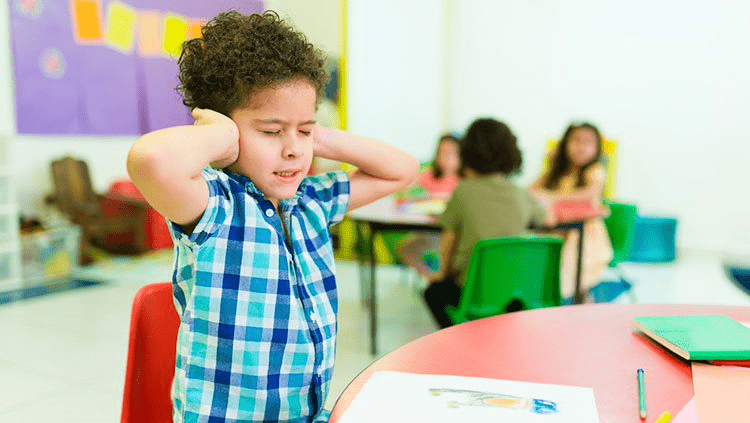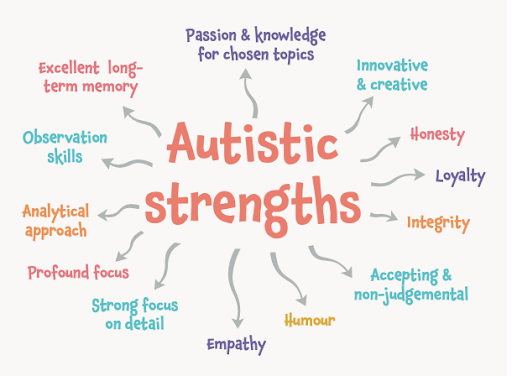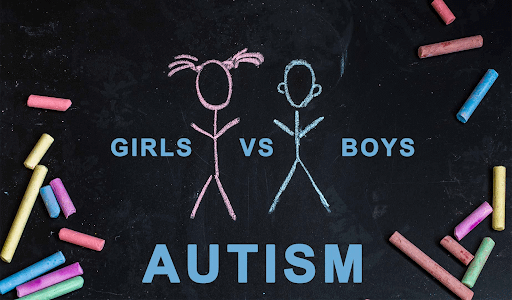
Mia, a five-year-old who can bring energy and enthusiasm into any room. Initially they saw her constant jumping as being a measure of boundless childish exuberance. However, with time it became evident that Mia was not just playing- her jumping was an attempting to escape from the heavy feelings experienced through her surrounding environment. This realization transformed their mindset and brought them on a journey to comprehend and assist Mia in satisfying her exceptional demands.
Understanding the Ups and Downs
Repetitive jumping in autistic children, often referred to as ‘jumping stimming,’ is not merely a playful activity. It can serve various purposes like self-regulation, sensory input, or even joyfulness. Nevertheless, when this jumping becomes constant it may raise issues of safety, social acceptability, or physical stress.
For kids like Mia, however, the world is made up of sounds, textures, and movements, all of which become heightened experiences. Jumping might help rectify their overwhelming sensory surroundings when they are too much or too little stimulating. Recognizing this behavior as a need rather than a nuisance is the first step in providing the right support.
Occupational Therapy as a Solution
In circumstances like Mia’s, occupational therapists often come in handy to tackle heightened sensory needs in children. They propose structured jumping activities that address these sensory needs in a safe manner. This may involve:
- Trampoline Therapy: In this case, controlled environments such as trampolines are used to give children like Mia feedback about their own bodies’ positions and movements through the joints and muscles, simultaneously stimulating multiple senses. The repetitive motion of jumping can be stabilizing and satisfying, hence helping them control their inputs.
- Sensory Integration Activities: These activities help children to process and respond to sensory information more effectively. Children can use these experiences from the outside world which will then enable them to cope better with the outside stimuli but they will not have to jump all the time. These could incorporate actions such as swinging, gimme squeezing or playing with different textures.
Creating a Supportive Home Environment
Parents can create a safe ‘jumping zone’ within their homes where it is allowed for a child to do so without any problem. The area should contain safety mats, boundaries and even visual indicators that indicate when and where a child is allowed to jump. Allocating specific space for jumping keeps an individual’s safety assured as well as setting out expectations and limits clearly.
Moreover, energy levels can be managed during the day by incorporating regular routines with physical activities. These may include:
- Scheduled jumping times: Having specific times for jumping incorporated helps make this behavior more anticipated and less disruptive. During set periods of the day that permit jumping, kids learn how to focus their energy in a more organized way. This predictability is comforting for children as it reduces anxiety and permits them to follow household rules.
- Energy-Burning Games: Among games that require participants to jump or bounce, hopscotch and skipping rope are fantastic ways of managing energy effectively. Children will not only enjoy these activities but they will also help develop motor control skills and coordination. Parents can engage in these games and use them as avenues for creating long-lasting memories with their children instead of wasting time.
To create a family setting that is supportive and accommodating a child’s need for exercise yet maintains structure and safety makes an environment where people coexist seamlessly. By deliberately embedding such practices into daily routines (e.g., including jumping) parents teach their little souls how to handle their energy levels properly.

Proficient Counselors And Therapy Methods
The participation of professionals is crucial because it provides tailor-made strategies that are compatible with personal sensory profiles, making them attractive to individuals facing sensory problems, especially autistic patients, as seen below:
- Unique Sensory Thresholds and Preferences: Tailored therapy plans are developed by professionals to address sensory thresholds and preferences that are different from one child to the other. These can be activities either meant to engage or soothe senses depending on the needs of a child.
- For instance, some kids may need deep-pressure activities in order to feel more grounded and focused, while others might find it useful if they engage in light rhythmic movements. Such plans targeting individual needs contribute towards improving their overall sensory processing as well as day-to-day functionality.
- Behavioral Cues and Signals: Teach children about their behavioral cues and signals, such as feeling overwhelmed or anxious due to sensory overload. Parents teach children about their internal cues and signals, like when they have too much sensory information coming at them. They also help them learn alternative ways of dealing with these feelings, such as using calming techniques or seeking out quiet environments away from loud noises. With time, kids get better at identifying these signs, thereby helping parents know when their children are about to experience a breakdown.
- In general, expertise is essential in developing personalized plans while teaching behaviors of recognition that enable autistic children live better lives. In addition, this guidance enhances both the ability of the child’s brain to manage its inputs and the entailing emotional-social development thus increasing quality of life.
Alex’s Journey – Case Study
Let us take into consideration Alex, who is seven years old, but his excessive school jumping, which initially was considered disruptive behavior. However, when conducting a comprehensive assessment, his therapist realized that this helped him concentrate better in class. Therefore, using specific, purposeful sensory activities, such as the placement of a mini-trampoline near his desk besides scheduled jumping breaks, enabled Alex to participate more effectively during classroom lessons. He has significantly changed according to his school and parents because he now behaves better around peers, too.
Community Support and Resources
A supportive community environment is a must. These include:
- Help Groups: Joining with other families in similar situations can provide support on feelings and give practical ideas.
- Informative Conferences: Engaging in conferences that teach ways of dealing with sensory-seeking behaviors and new ways of managing them.
Conclusion: Get into the groove
For parents who walk through this path, it’s important to note that such behaviors as jumping are often a child’s way of communicating their needs or regulating their ‘sensory environment.’ With understanding and the right support system, these kids can not only control themselves but also thrive.
Getting in touch with professionals in the field of sensory integration therapy or occupational therapy will open up new avenues for resources and relieve stress. Always remember, each child has unique needs, hence what may work for one may necessitate adjustments to suit another.
To all your parents out there, your journey is distinct, while your child is equally different. This allows them to express themselves differently while supporting their needs and celebrating their individuality. In fact, every bounce could be a novelty step into his/her world.












No comments yet. Be the first!